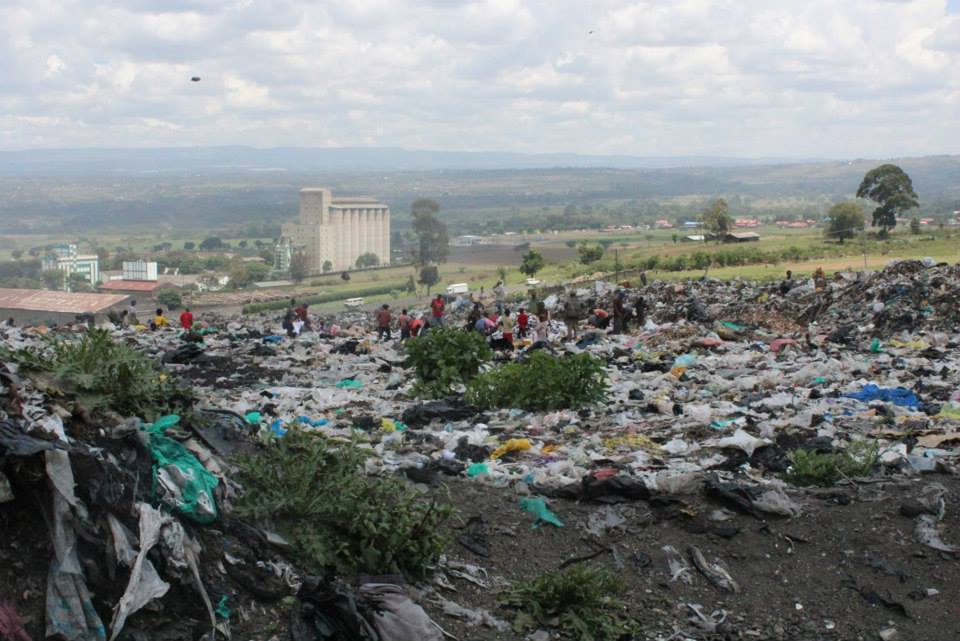GBM Blog
Social inequality and climate breakdown

Poor and marginalised communities are the hardest hit and often end up paying the highest price as the world grapples with the effects of climate breakdown.
This disparate impact has traditionally received less attention, with conversation for many years focusing primarily on changes to the physical environment.
Only recently has the impact on communities come to the fore, with wider society now beginning to recognise the devastating impact of climate change on the people and communities least equipped to respond to it.
Resilience
Although the world’s poorest populations are often least responsible for climate change, they primarily suffer the worst consequences of its effects – from streams drying up to an increasingly insecure food supply – and have the fewest tools and resources to address it.
Estimates by the UNDP indicate that over 100 million people could fall into extreme poverty due to climate change by 2030, while more than 200 million people could be displaced due to more frequent and severe climatic disasters.
It is a vicious cycle: poverty increases communities’ vulnerability to the damage caused while decreasing their ability to cope and recover with this impact, further exacerbating their marginalisation and economic instability.
How do we break this and ensure these populations are not only well equipped to withstand the current effects of climate change, but are also given the tools to thrive on a socio-economic level?
One of the simplest ways is through preserving nature at a grassroots level, empowering local communities to protect their environment and build their future resilience.
Urbanising
This can be done in many ways including urban forestry, agroforestry, community-based ecosystem management, integrated mangrove and fisheries farming systems, amongst others.
Encouraging communities to plant trees also has a significant impact and proven record of success. This practice protects the soil on the smallholder farms from erosion while compost from the fallen leaves improves the quality of the soil, increasing their harvests.
These “foresters without diplomas”, individuals whose lives and livelihoods depend almost entirely on the environment, realise that this simple act of planting trees would not only provide them with food and fuel, but would also protect and restore the land, and halt desertification.
Improving infrastructure is also crucial. According to the World Resources Institute Climate Analysis Indicators Tool, Kenya’s total greenhouse gas emission in 2013 was 60.0MtCO₂e (0.13 percent of world total) and is projected to grow to 143MtCO₂e by 2030.
Kenya’s cities and towns are expanding and urbanising at a breathtaking rate but they do not have adequate infrastructure to support the needs of the urban populations.
E-waste
A consequence of this is the dumping of untreated waste products in landfills, rivers, and other public sites in the poorest neighborhoods, polluting the air and poisoning the local water supply.
In Nakuru, Kisumu, and Mombasa, urban counties in Kenya, the Green Belt Movement is increasingly working with local and national partners to curb the emission of greenhouse gas emanating from poorly managed municipal waste.
And yet, these garbage dumps, which pollute the air and poison the water, are turning into a source of valuable income for the poor and vulnerable living close by, providing fuel for cooking their food and heating their homes, and rescued materials to sell. Despite these circumstances, we are beginning to change the story on climate change.
In Nakuru County, the local community has been encouraging waste prevention and separation at a household level, turning the Giotto dumpsite into a source of wealth.
Through simple recycling techniques, individuals are turning different waste products, such as paper, cartons, plastic, and e-waste, into ornamental pieces and decorative accessories, including bags.
Inequality
158 kilometers away in Kenya’s capital city, Nairobi, dumpsites are the primary source of the materials the community uses to make organic compost, with a monthly output of 10 tons which they sell to farmers across the country.
Nature-based solutions are key to addressing the underlying factors behind environmental degradation and poverty, as well as empowering communities to take charge of their resource management – breaching the social inequality gap and promoting a circular economy.
Collaboration underpins this success, whether it’s between local communities and non-profit organisations, governments and local authorities or with wider society. We are all responsible for protecting our environment and ensuring everyone is protected from the impact of climate change.
The Green Belt Movement was founded in 1977 by Professor Wangari Maathai. The Green Belt Movement’s work has focused on conserving the environment by empowering communities, particularly rural women and their families, to restore the environment, promote good governance, develop climate resilience and build sustainable livelihoods.
The Green Belt Movement is proud to be a Nominating Partner of The Earthshot Prize, a new £50 million global prize for the environment led by Prince William and a team of leaders from different parts of the world, to incentivise change and drive a new wave of impactful solutions across all levels of society.
The seeds of equity and environmental stewardship have been planted, but their shoots are still fragile. Unless we nurture them, future generations will inherit a less secure world. Climate change and social inequality are inextricably linked and we can’t solve one, without addressing the other.
